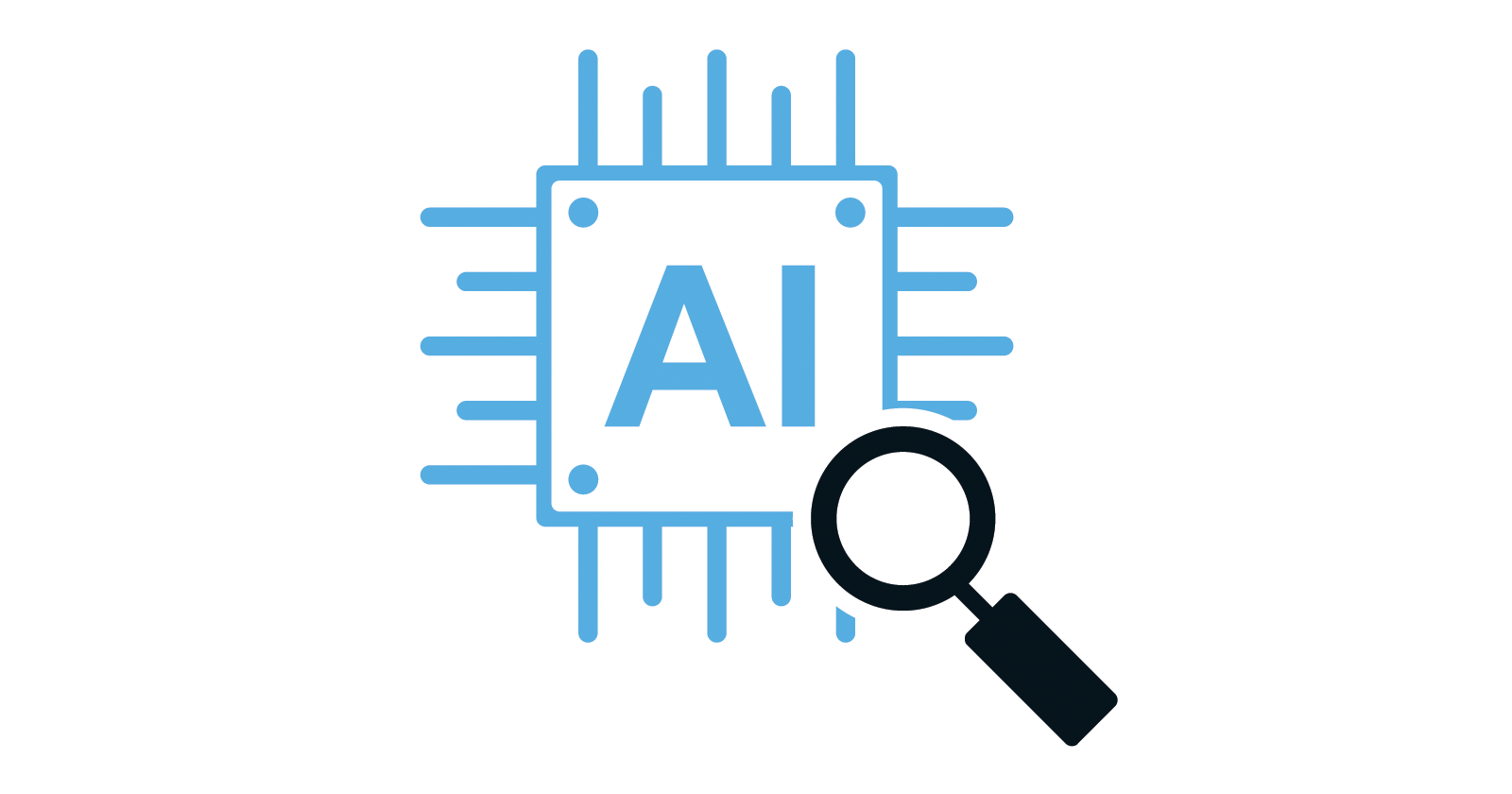Blockchain interoperability steps up in Asia
Axelar Foundation has published a white paper on blockchain interoperability across financial institutions as asset tokenisation develops.

Axelar Foundation has published a white paper on blockchain interoperability across financial institutions as asset tokenisation develops.

June 11, 2024
As asset tokenisation gains traction due to its potential higher transaction efficiency and security, the market is expected to unlock an estimated $16 trillion in value by 2030, according to an estimation by Boston Consulting Group and ADDX last year.
Tokenisation refers to the process where the rights to a given asset are duplicated and represented by a digital token on a blockchain where it is held and traded. Underlying assets could include equity, bonds, investment funds and other financial assets. In some other cases, such as the Hong Kong government’s HK$6 billion ($770 million) digital green bond issuance in February, the assets are incorporated directly on-chain, with tokens representing legal titles of the bond itself.
The debt securities were issued on HSBC’s bond tokenisation platform called Orion. In addition, a year ago in February 2023, the Hong Kong Monetary Authority (HKMA) tokenised a HK$800 million green bond issuance via Goldman Sachs’s Digital Asset Platform.
This example implicates a potential issue of fragmentation, as pointed out by the Monetary Authority of Singapore (MAS) in a technical paper named “Interlinking Networks”.
“The lack of convergence towards a common universal platform with harmonisation across technical, legal, regulatory and product standards have increased the risk of market fragmentation,” it remarked.
The report furthered that financial institutions have been sticking to permissioned private distributed ledger technology-based networks for transactions of tokenised assets, often among known counterparties. This could be a potential hurdle if investors decided to bring such asset transactions beyond the selected group of participants.
Even in the public realm, while Ethereum is the most frequently used public network, statistics revealed that over 1,000 developers globally wrote code in another 17 ecosystems.
Interoperability
A recent white paper published by Axelar Foundation looks into the topic of blockchain interoperability across financial institutions, based on the framework laid by MAS. Institutional participants such as Deutsche Bank (DB), Citi, Mastercard and Northen Trust contributed to the report.
Elements needed for such interoperability include flexible compliance; flexible security; privacy; risk assessment; transparency and monitoring; and scalability issues.
For example, the report cited findings from US-based blockchain analysis firm, Chainalysis, that $2 billion in cryptocurrency was stolen across 13 cross-network bridge hacks, and attacks on bridges accounted for nearly 70% of crypto steal cases in 2022. A bridge hack refers to attacks on applications that help facilitate asset transfers from one blockchain to another.
This reveals great challenges during the attempt to connect independent blockchains with one another through smart contract mechanisms.
As a suggested approach, multi-layered cross-network management was advised by the report. Detailed steps include additional validation policies for large transfers, rate limits that put a cap on transfer amounts, or limits on repeat transactions.
Boon Hiong Chan, DB’s Asia Pacific head of securities and technology advocacy and industry applied innovation lead, explained to FinanceAsia that blockchain interoperability belies a client-centric strategy in that it allows an asset servicer to service clients with their own choice of blockchains.
“However, such a client-centric posture can also mean that an asset servicer will need to know how to operate these different chains effectively, so that the complexity of each chain is not multiplicative to overwhelm servicing capacity,” he emphasised.
Proof-of-concepts (POCs) are crucial for financial institutions to take the first step, according to Chan. DB, for example, completed a POC with Singapore-based STACS on DLT-based bond tokenisation and end-to-end lifecycle management.
“For those that have run POCs and are pioneering the use of blockchains after hard earned lessons, they are in a position to facilitate wider adoption with industry-level work,” he said. These include the creation of practice standards for risk management, due diligence and taxonomy.
While for institutions that are still sitting on the fence with a ‘wait-and-watch’ approach, smaller scale experiments are recommended by Chan to gain insights of what lies ahead for supporting teams such as compliance, legal, audit and cybersecurity.
The team is seeing a growing focus on new operating models that are enabled by tokenised asset classes with new characteristics, said Chan.
Innovative examples include tokenised money market funds that are paired with stablecoins that can optimise cash flow projection and placement, or tokenised cross-border remittances and central bank digital currencies (CBDC).
¬ Haymarket Media Limited. All rights reserved.
Disruption #asset tokenisation #digital asset #dlt #blockchain #interoperability
 Fransebas
Fransebas 
































